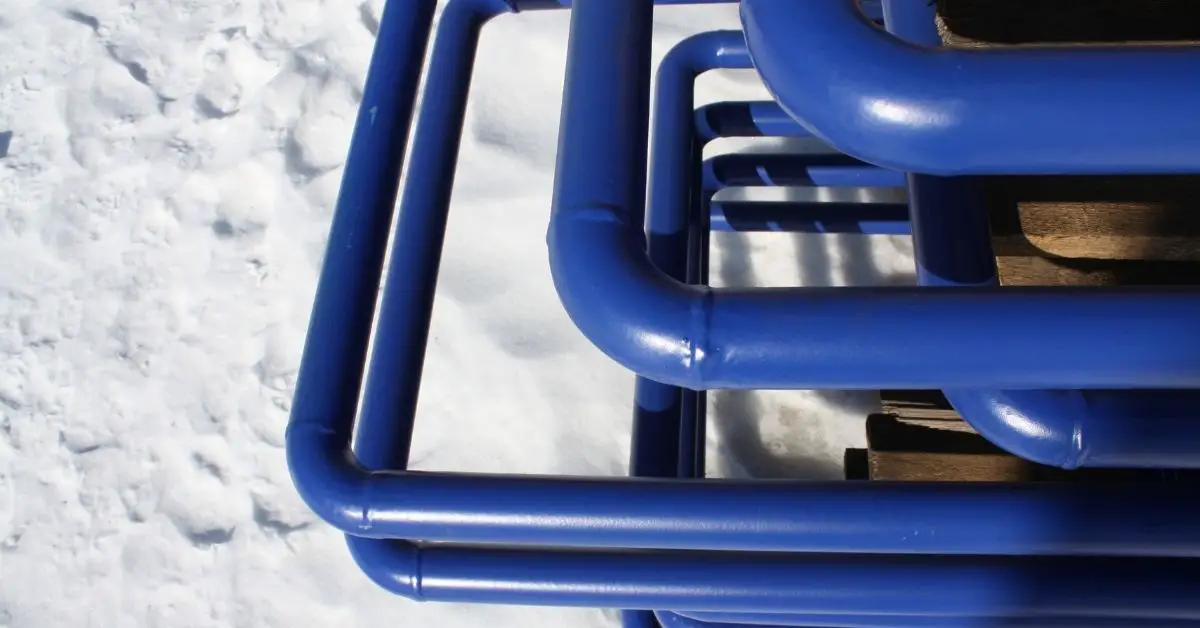Share

It is important to know how to do a manometer plumbing test before you need it. This will help ensure that your water pipes are free of leaks and other issues.
In this blog post, we’ll show you how to take a reading with a manometer and perform 7 basic steps involved in the process. You can include these steps in your home maintenance checklist for future reference!
How Does Manometer Work?
The manometer is a device used to measure the pressure of gases or liquids. There are different types of manometers, but all work on the same basic principle. A column of liquid is used to measure the pressure exerted by the gas or liquid being measured.
How to Do a Manometer Plumbing Test In 7 Steps
Step 1: Shut Off the Main Water Valve
The first thing you need to do is shut off the main water valve. This will prevent any more water from entering your plumbing system.
Step 2: Close the Faucet
Next, close the faucet. This will prevent any water from flowing out of the plumbing system and into the manometer. Make sure that the faucet is closed tight. If there are any leaks, it will skew your results.
Step 3: Attach the Manometer to the Faucet
The manometer should come with a barbed adapter that fits inside of your plumbing system’s cold water inlet valve. Thread this into place by hand until you feel resistance, and then use pliers if necessary to tighten further.
Make sure not to overtighten, or you could damage the fitting on either side of the connection point leading down into your mainline or up through where you’ll attach other components later on in order for them to fit securely without leaking over time when put under pressure during testing so take care while doing this step carefully but firmly enough to get everything nice and snug.
Step 4: Open the Faucet
With the manometer attached, open the faucet. You should see water start flowing into the manometer.
Step 5: Measure and Record Water Level
Watch the water level in the manometer. When it stops rising, write down the measurement. This is your baseline reading.
Step 6: Add pressure to system by closing Drain Valve or attaching Pump Tube
Now you’re going to add pressure to your plumbing system by either closing the drain valve or attaching the pump tube. The closer you get to atmospheric pressure, the higher your column of liquid will rise in the manometer.
Step 7: Compare Results with Other Tests
Once you have a reading, compare it to the results of other tests you’ve done in order to get an idea of how much pressure your plumbing system can withstand.
Now that you know how to do a manometer plumbing test, you can find and fix any leaks in your system before they become a bigger problem. Make sure to always use caution when working with pressurized water systems!



0 Comments